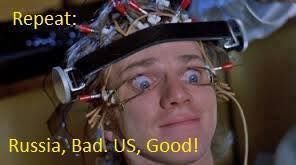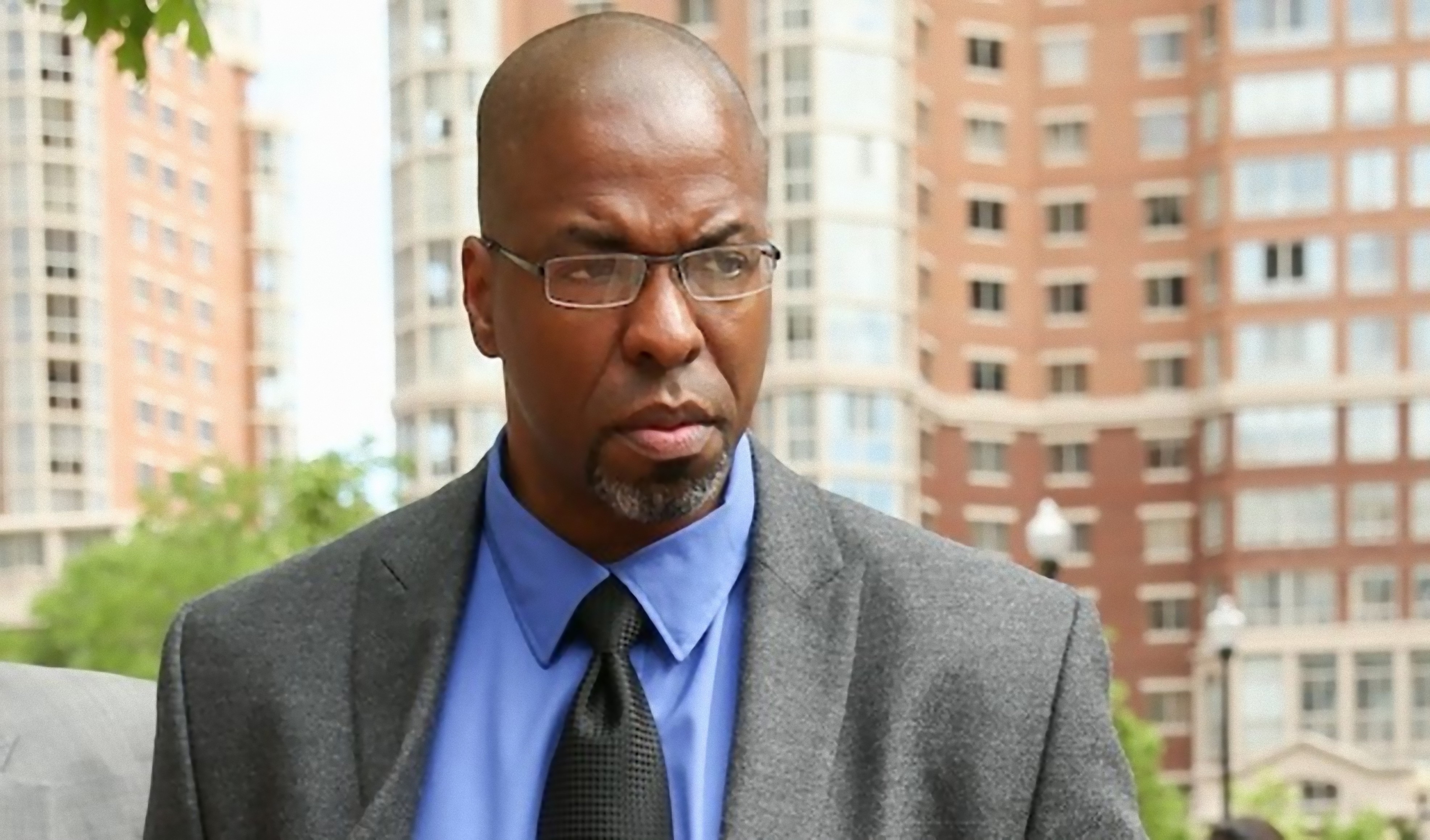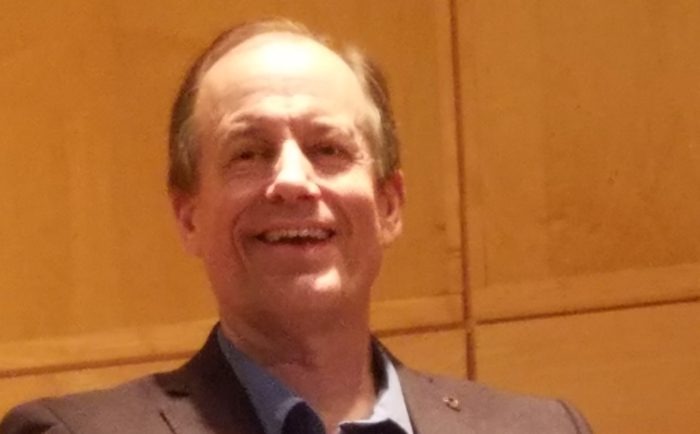Caleb Maupin: Bob Aviakian endorses Biden; Kamala Harris peddled for VP slot; emergence of a new world paradigm; Hungarian revolution and Mao, and much more.
Caleb Maupin
EDITED BY PATRICE GREANVILLE
Dispatch dateline: 3 August 2020
Caleb's chats are the ideal tool for those who wish to acquire a solid understanding of contemporary history in an easy, accessible manner.
An informal chat with Caleb Maupin as guide to the multitude of news, lies, distortions, rumors, idiocies, hypocrisies, and ideologies that shape our world.
 Caleb Maupin has worked as a journalist and political analyst for the last five years. He has reported from across the United States, as well as from Iran, the Gulf of Aden and Venezuela. He has been a featured speaker at many Universities, and at international conferences held in Tehran, Quito, and Brasilia. His writings have been translated and published in many languages including Farsi, Chinese, Russian, Arabic, Spanish, and Portuguese. He is originally from Ohio.
Caleb Maupin has worked as a journalist and political analyst for the last five years. He has reported from across the United States, as well as from Iran, the Gulf of Aden and Venezuela. He has been a featured speaker at many Universities, and at international conferences held in Tehran, Quito, and Brasilia. His writings have been translated and published in many languages including Farsi, Chinese, Russian, Arabic, Spanish, and Portuguese. He is originally from Ohio.Alexandria Ocasio-Cortez backs internet censorship
Kevin Reed and Andre Damon
[dropcap]R[/dropcap]epresentative Alexandria Ocasio-Cortez, a member of the Democratic Socialists of America, has fully embraced the demand by the US intelligence agencies that technology monopolies censor political speech on the internet.
At a hearing Wednesday at the House Financial Services Committee, Alexandria Ocasio-Cortez called on Facebook CEO Mark Zuckerberg to “take down lies.”
“So you won’t take down lies or you will take down lies, it’s just a pretty simple yes or no?” Ocasio-Cortez demanded.
In reply, the Facebook CEO attempted to explain: “In a democracy, I believe that people should be able to see for themselves what politicians, who they may or may not vote for, are saying.”
The most charitable interpretation of Ocasio-Cortez’s remarks is that she is totally ignorant of the American democratic tradition of free speech.
 ABOVE: Alexandria Ocasio-Cortez during hearing of House Financial Services Committee with Facebook CEO Mark Zuckerberg as witness. She wants Facebook to patrol opinion more stringently than it already does. She's either too dumb or too corrupt to defend the First Amendment as it should be defended.
ABOVE: Alexandria Ocasio-Cortez during hearing of House Financial Services Committee with Facebook CEO Mark Zuckerberg as witness. She wants Facebook to patrol opinion more stringently than it already does. She's either too dumb or too corrupt to defend the First Amendment as it should be defended.
The basic assumption of the first amendment is that the government does not know what is a “fact” and what is a “lie.” It is for the electorate to decide for themselves, and not the business of the government, or corporations acting on its behalf, to force-feed ideas to the public.
This is why the First Amendment prohibits the establishment of religion—that is, the government’s determination that some ideas are “facts” and others are “lies.”
It is a damning condemnation of the politics of Ocasio-Cortez and the Democratic Socialists of America that it is up to a billionaire executive—who has for years carried out censorship at the behest of the government—to explain free speech to her.
But whether through ignorance or malice, Ocasio-Cortez has made herself the mouthpiece of the very intelligence agencies that, having lied about weapons of mass destruction in Iraq and illegally spied on every single American, are now trying to destroy the First Amendment.
The US intelligence agencies initiated a campaign for internet censorship in 2017 after WikiLeaks released a trove of emails documenting the rigging of the 2016 primary by the Clinton campaign, to the detriment of Bernie Sanders, and leading to the resignation of two heads of the Democratic National Committee.
The intelligence agencies and Democrats aligned with the Clinton campaign concocted a narrative that the release of the emails was the outcome of “Russian meddling” in US politics and demanded technology companies launch a crackdown on what they called “fake news.”
From the beginning, the Democrats’ censorship campaign centrally targeted left-wing, anti-war, and progressive organizations. In 2017 Google announced that it would promote “authoritative” news sources over “alternative viewpoints,” leading to a massive drop in search traffic to left-wing sites. Facebook and Twitter followed suit, removing left-wing accounts and pages with millions of followers.
Her statements are a confirmation of the warnings made by the World Socialist Web Site about the politics of the DSA. Far from being the “socialists,” they are nothing more than an adjunct of a viciously right-wing, pro-war party.
In a speech at Georgetown University on October 17, Zuckerberg warned: “In times of social turmoil, our impulse is often to pull back on free expression.… We saw this when Martin Luther King Jr. wrote his famous letter from Birmingham Jail, where he was unconstitutionally jailed for protesting peacefully. We saw this in the efforts to shut down campus protests against the Vietnam War. We saw this way back when America was deeply polarized about its role in World War I, and the Supreme Court ruled that socialist leader Eugene Debs could be imprisoned for making an anti-war speech.”
Regardless of the authenticity of Zuckerberg’s commitment to these conceptions—he is the representative of the largest global social media monopoly and his calculations are ultimately driven by business considerations—it is remarkable that the Democratic Party and a substantial section of the ruling establishment is attacking him from the right.
The New York Times, for example, under the headline, “Defiant Zuckerberg Says Facebook Won’t Police Political Speech,” quoted Bill Russo, spokesman for the presidential campaign of Democrat Joseph Biden. Russo asserted: “Zuckerberg attempted to use the Constitution as a shield for his company’s bottom line, and his choice to cloak Facebook’s policy in a feigned concern for free expression, demonstrates how unprepared his company is for this unique moment in our history and how little it has learned over the past few years.”
Also responding to the position of Facebook, Democratic presidential candidate Elizabeth Warren published a series of tweets alleging that “Facebook is actively helping Trump spread lies and misinformation” and “Mark Zuckerberg's speech today shows how little he learned from 2016, and how unprepared Facebook is to handle the 2020 election.”
The Washington Post published an editorial comment on October 21 with the title, “Free speech doesn’t mean Facebook must run dishonest ads.” The editors wrote of Zuckerberg: “The principles underlying the talk were noble. But they also avoided the essential question—which isn’t whether Facebook should be generous toward political speech, but whether it should allow even the most obviously untruthful content unlimited reach, as well.”
The Democrats’ open advocacy of censorship makes clear that in the bitter factional battle raging in Washington, there exists no constituency for the defense of democratic rights. The freedom of expression can only be defended through a break with the establishment parties and the building of a working-class movement for socialism.
Breaking: Huge demo in Chile against neoliberal regime. The west's favorite way of life is being rejected around the globe, by the vast maority of humanity. (10.25.19)

[premium_newsticker id=”211406″]

This work is licensed under a Creative Commons Attribution-NonCommercial 4.0 International License
ALL CAPTIONS AND PULL QUOTES BY THE EDITORS NOT THE AUTHORS
Read it in your language • Lealo en su idioma • Lisez-le dans votre langue • Lies es in Deiner Sprache • Прочитайте это на вашем языке • 用你的语言阅读
[google-translator]
 Keep truth and free speech alive by supporting this site.
Keep truth and free speech alive by supporting this site.
Donate using the button below, or by scanning our QR code.
And before you leave
THE DEEP STATE IS CLOSING IN
![]() The big social media —Google, Facebook, Instagram, Twitter—are trying to silence us.
The big social media —Google, Facebook, Instagram, Twitter—are trying to silence us.
Fake! Fake! Fake! MoveOn’s Phony New Campaign for ‘Protecting Whistleblowers’
Norman Solomon
CONSORTIUM NEWS
As fake as the masses of disinfomed and clueless liberals who fancy themselves a "leftist resistance" to Trump
In the last decade, MoveOn — which says it has an email list of 8 million “members”— has refused to do any campaigns to help Manning, Drake, Snowden, Kiriakou or Sterling, writes Norman Solomon.
 [dropcap]A[/dropcap]ll of a sudden, MoveOn wants to help “national security” whistleblowers.
[dropcap]A[/dropcap]ll of a sudden, MoveOn wants to help “national security” whistleblowers.
Well, some of them, anyway.
After many years of carefully refusing to launch a single campaign in support of brave whistleblowers who faced vicious prosecution during the Obama administration — including Army whistleblower Chelsea Manning, NSA whistleblowers Thomas Drake and Edward Snowden, and CIA whistleblowers John Kiriakou and Jeffrey Sterling — MoveOn.org has just cherrypicked a whistleblowing hero it can support.
“The stakes could not be higher for the whistleblower, who took a great personal risk to defend our democracy,” MoveOn declared in a mass email Sunday afternoon, referring to the intelligence official who went through channels to blow the whistle on Donald Trump’s phone call with Ukraine’s president. “We need to have the whistleblower’s back.”
I agree wholeheartedly.
But what about Manning, Drake, Snowden, Kiriakou and Sterling, who also took great personal risks on behalf of democracy? With its digital finger to the wind, MoveOn refused to engage in a campaign to help any of them. Manning, Kiriakou and Sterling were railroaded into prison and remained there for years; Snowden has been forced to stay in exile; and Drake endured years of persecution under threat of decades behind bars.
Sterling Petition Refused
I experienced MoveOn’s refusal firsthand when, in December 2015, I wrote to the group’s campaign director with a request. After a sham trial, Sterling had gone to prison six months earlier for allegedly providing information to New York Times reporter James Risen that he included in a book. “Is there a way that MoveOn could use a bit of its list to promote this petition in support of Jeffrey Sterling?” I asked.
The answer that I received was disappointing — merely a suggestion that the petition be put on MoveOn’s do-it-yourself platform, where it would not be supported with distribution to any of MoveOn’s email list. After pressing further, I got an explanation from MoveOn that had a marketing sound: “It looks like we have definitely done a lot of testing on Snowden and Manning in the past, but unfortunately nothing quite reached the level of member support where we were able to send it out.”
That approach has endured. In the last decade, MoveOn — which says it has an email list of 8 million “members” — has refused to do any campaigns to help Manning, Drake, Snowden, Kiriakou, or Sterling.
(Full disclosure: The organization where I’m national coordinator, RootsAction.org, has campaigned in support of all five of the above-named whistleblowers, with petitions, news conferences, protests and fundraising.)
Now, the whistleblower initiative that MoveOn has started might seem like a welcome change of direction. But it’s actually worse than problematic.
The organization that MoveOn just teamed up with — Whistleblower Aid —explicitly does not support people such as Snowden, Drake, Kiriakou, Sterling, and Manning, or the more recent whistleblower Reality Winner. The founding legal partner at Whistleblower Aid, Mark Zaid, has maintained a vehement position against unauthorized release of classified information for many years.
“As a matter of law, no one who leaks classified information to the media (instead of to an appropriate governmental authority) is a whistleblower entitled to legal protection,” Zaid wrote in a Washington Post op-ed piece in 2017. “That applies to Winner, Snowden, and Chelsea Manning, no matter what one thinks of their actions. The law appropriately protects only those who follow it. Anyone who acts contrary does so at their own peril.”
According to Zaid and his organization — which MoveOn is now avidly promoting and helping to subsidize — if the White House whistleblower’s memo had been bottled up via official channels and then had been leaked to a news organization, the whistleblower leaking the memo would not be, and should not be, “entitled to legal protection.”
But, as Snowden has often emphasized, the official scenario of going through channels is a dangerous myth for “national security” whistleblowers. The reason Snowden didn’t go through channels is that he saw what happened to whistleblowers who did — such as Drake, who was targeted, harassed, and then prosecuted on numerous felony counts. Snowden clearly understood that going through channels would achieve nothing except punishment, which is why he wisely decided to go directly to journalists.
MoveOn has not only refused to support courageous whistleblowers like Snowden, Drake, Manning, Kiriakou and Sterling — who’ve informed the world about systematic war crimes, wholesale shredding of the Fourth Amendment with mass surveillance, officially sanctioned torture, and dangerously flawed intelligence operations.
Now, MoveOn is partnering with a legal outfit that actually contends such brave souls don’t deserve any protections as whistleblowers. Despite its assertion that “protecting whistleblowers is critical for a healthy democracy,” MoveOn is now splitting donations with an organization that supports the absence of legal protections for many of them.
 Norman Solomon is co-founder and national coordinator of RootsAction.org. His books include “War Made Easy: How Presidents and Pundits Keep Spinning Us to Death“ and “Made Love, Got War: Close Encounters with America’s Warfare State.” He is the founder and executive director of the Institute for Public Accuracy.
Norman Solomon is co-founder and national coordinator of RootsAction.org. His books include “War Made Easy: How Presidents and Pundits Keep Spinning Us to Death“ and “Made Love, Got War: Close Encounters with America’s Warfare State.” He is the founder and executive director of the Institute for Public Accuracy.

This work is licensed under a Creative Commons Attribution-NonCommercial 4.0 International License
ALL CAPTIONS AND PULL QUOTES BY THE EDITORS NOT THE AUTHORS
Read it in your language • Lealo en su idioma • Lisez-le dans votre langue • Lies es in Deiner Sprache • Прочитайте это на вашем языке • 用你的语言阅读
[google-translator]
 Keep truth and free speech alive by supporting this site.
Keep truth and free speech alive by supporting this site.
Donate using the button below, or by scanning our QR code.
And before you leave
THE DEEP STATE IS CLOSING IN
![]() The big social media —Google, Facebook, Instagram, Twitter—are trying to silence us.
The big social media —Google, Facebook, Instagram, Twitter—are trying to silence us.









